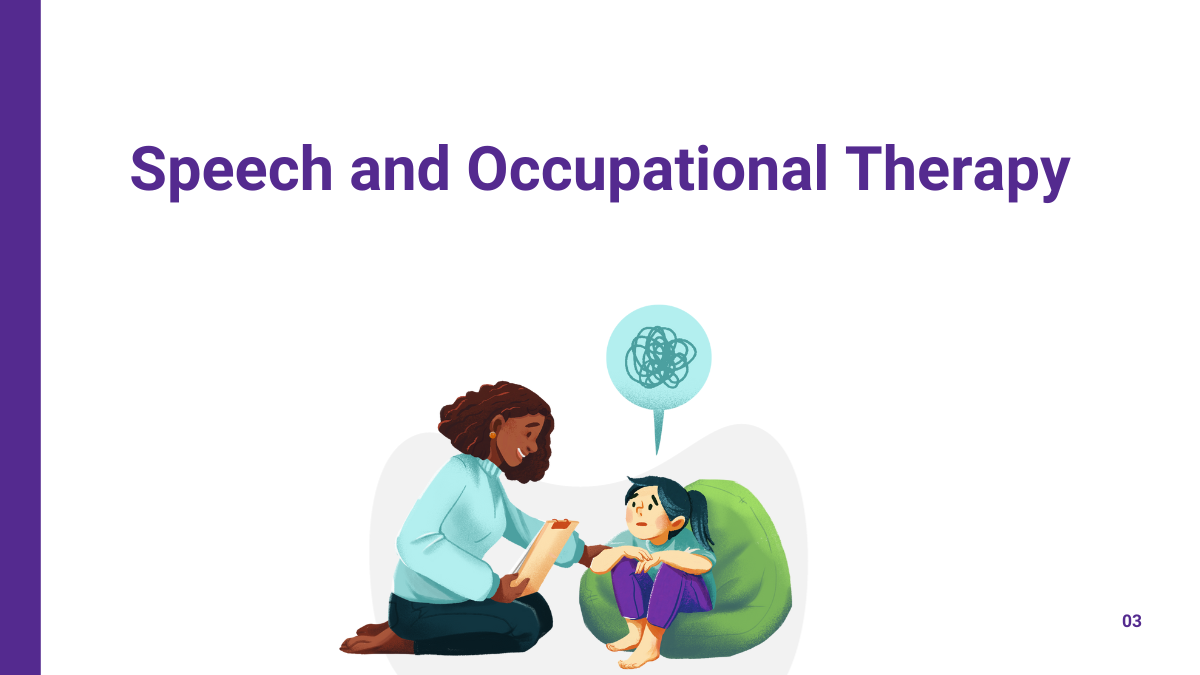ADHD is a type of neurodivergence that can occasionally make reading difficult. It might be challenging for children and people with ADHD to stay focused while reading. It can also be difficult to understand and remember the material that has been read.Reading tasks may appear to take forever, especially if you find yourself having to read and re-read (and re-read again) in order to process information correctly. Reading difficulties can be distressing and cause people to worry about failing in school or struggling at employment. Fortunately, there are several tried-and-true solutions for overcoming reading difficulties. This article provides ways for children and adults with ADHD to focus when reading and remember what they have read. These strategies may also be useful for people who do not have ADHD.
Reading Problems in Children With ADHD
ADHD can impair children’s reading comprehension. Because reading is such an important part of a child’s life, especially at school, these challenges can have an influence on their academics and self-esteem.
ADHD symptoms that can lead to reading problems
Inattention: Children that have problems focusing frequently struggle to pay attention when reading.1 They may become sidetracked, skim text, overlook critical details, and struggle to stay on task. Such difficulties may become more apparent when children are bored or fatigued. Working memory issues causes of adhd changes in executive function, which refers to the cognitive abilities required to manage various actions. This includes working memory, which is a temporary storage area where people keep knowledge they require while performing an activity like reading. To grasp and intellectually manage knowledge, a youngster must be able to store, retrieve, and apply what they have read.2 Hyperactivity and impulsivity: Children with ADHD may struggle to sit still for extended amounts of time. They may fidget and appear to be continuously in motion, making it difficult to concentrate on what they’re reading. Differences in how children with ADHD process information, learn, and interact with the world might cause difficulties with reading. This can include traits like inattention, variations poor working memory, and trouble sitting still when reading.
Strategies to Improve Reading Comprehension
Treatment techniques that focus on helping children manage their ADHD features have been demonstrated to improve reading skills. Traditional therapies often use stimulant or non-stimulant medicines. Other ways for improving reading skills include:
Reducing outside distractions.
Giving youngsters literature on topics they enjoy.
Teaching methods such as underlining and highlighting
asking questions while reading
Taking Notes
There is no “one size fits all” strategy. Experimenting with multiple tactics and being supportive will help your child determine which reading strategies are most effective for them.
Reading Problems for Adults with ADHD
Adults with symptoms of ADHD experience similar difficulties with reading. While data on reading challenges for people with symptoms of ADHD is scarce, various factors may be at play. It is not uncommon to be sidetracked by internal thoughts or external distractions, especially while reading anything uninteresting or boring. You may often find yourself missing your position or skipping words in lengthy portions because you are visually distracted by all the words on the page. You may have difficulty distinguishing and recalling the key aspects of what you’ve just read. You may simply zone out and fall asleep while reading.
How to Remember What You’ve Read
Try one or more of these tactics to help you stay focused and attentive enough to remember what you’ve read. Experiment to see what works for you. Read aloud rather than silently. This may take longer, but it will allow you to concentrate on each word. While reading, take a stroll or pace around. This method can assist you avoid zoning out or focusing on internal distractions rather than the words on the page.
Take brief breaks to move.
Use audiobooks, or have someone read to you. This method is especially useful for persons who learn by hearing or who become overwhelmed when confronted with a page full of text. Opt for a physical copy. Researchers discovered that comprehension is better while reading a physical book compared to an e-book. Talk about what you just read. Discuss it with a friend or simply talk to yourself. Use highlighter pens to emphasize key areas. This will not only keep you focused, but it will also help you remember the key ideas. Take notes while reading, then review and summarize the essential topics. To avoid losing your place, slide a bookmark or ruler down the page as you read each line. Separate the material into smaller, more manageable parts. Take a pause and treat yourself after each section. Adapt to your surroundings. Determine which works best for you: a quiet reading area or one with background noise. Avoid distractions. Is your phone on silent? Is the door closed? Are you hungry? Are you too cool or too hot? Consider and eliminate any distractions that could interfere with your reading.Read at the proper time. If you’re sleepy or fatigued, it will be considerably more difficult to concentrate and absorb what you’re reading. Keep a pad of paper accessible. If internal thoughts distract you, scribble them down so you may remember them and return to them later. Once you’ve written down your thoughts, save them for later. Make the content personalized. Consider how it relates to your own preferences, dislikes, and personal experiences.Read it twice. Reading something again can not only help you understand it better, but it will also help you catch up on any information you missed the first time.



